| HOME |
| Hotels |
| Apartments |
| Attractions |
| Restaurants |
| Tickets & tours shop |
| Tours |
| Maps & travel planners |
| Airports & transport |
| Maps |
| Events |
| Shopping |
| Contact us |
|
| Guide to Tarragona, Spain near Barcelona and the Roman ruins of Tarragona |
Guide to Tarragona, Spain near Barcelona and the Roman ruins of TarragonaUpdated June 2024 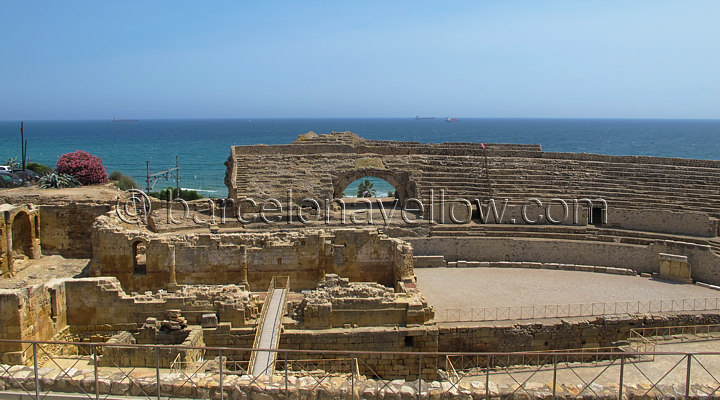 Tarragona Roman ruins near Barcelona. Tarragona is the capital of the present Spanish province of the same name and the capital of the Catalan comarca (county) Tarragonès. Tarragona was named Tarraco by the Romans and was one of the biggest cities in Roman Spain - Hispania and the capital of the largest Roman Spanish province, it was inevitable that Tarraco became a very rich town, full of monuments, like a circus, an aqueduct (1st century CE), and an amphitheater (1st century CE). Tarraco was founded in the 1st century BC and is the oldest Roman settlement on the Iberian Peninsula and is the oldest walled Roman city outside Italy. The Roman city of Tarraco was established on the site of a previous Iberian settlement shortly after the Roman army landed on the Iberian Peninsula in the year 218 BC during the Second Punic War. The Second Punic War was fought between the Romans and Carthaginians for control of the western Mediterranean Sea. Tarraco became the capital of Roman provinces Hispania Citerior and later of the province Hispania Tarraconensis and became the base for Roman operations in Hispania for the next two centuries starting with the Second Punic War and then in the wars against the Iberians, Celtiberians, Lusitanians, Cantabrians and Asturians. Rome finally gained control of the entire Hispania penisular which remained under Roman control for almost 500 years. Tarragona was the most important city in Roman Hispania and famed for its climate and beauty. It developed into a kind of 'resort' city because it was relatively warm in the winter and cool in the summer and also because from the end of the 1st century AD it offered plenty of entertainment with both an aqueduct for fresh water, an amphitheatre that seated 15,000, a circus for chariot racing that seated 25,000 and a theatre for plays. Remains of the Roman walls, Roman aqueduct, Roman amphitheatre and Roman circus can still be seen. The Roman emperor Augustus chose to stay in Tarraco to recuperate from illness after he winning the Cantabrian and Asturian wars to completely conquer the Iberian penisular in 26-25 B.C. Roman emperor Hadrian also spent the winter of AD 122/123 in Tarraco and during his stay he restored the Temple of Augustus before sailing to Mauretania - the Latin name for an area now in north west Africa. Day tours to Tarragona from Barcelona 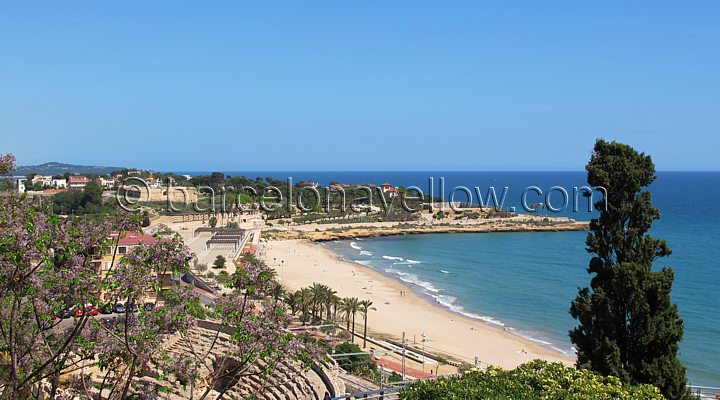 The Roman imperial city was called Tarraco ( the full name was Colonia Iulia Urbs Triumphalis Tarraco.) There are many impressive Roman remains and ruins in Tarragona, including the Roman amphitheatre, Roman circus, Roman walls, and outside the a Roman aqueduct and Roman quarry. The Roman ruins of Tarraco are a UNESCO World Heritage Site. 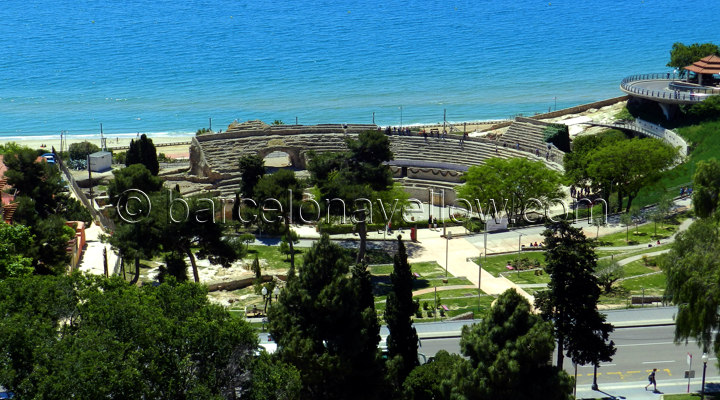 The Tarragona Roman Amphitheatre is on the coast of the Mediterranean Sea by the 'Platja del Miracle' beach. Every year in May Tarragona organises a Roman festival called Tarraco Viva during which you can see re-enactments of gladiator fights in the amphitheatre Below: La Platja del Miracle beach 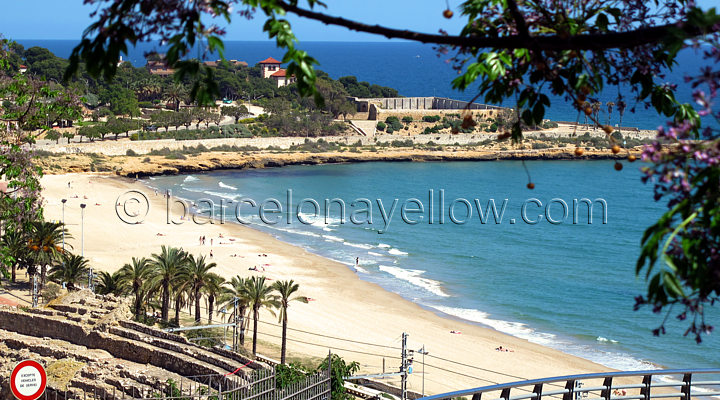 Tarragona's Roman aqueduct is nicknamed El Pont del Diable which means 'The devil's bridge'. It is located 4km from the old city center and can only be reached by car, or as part of a tour. 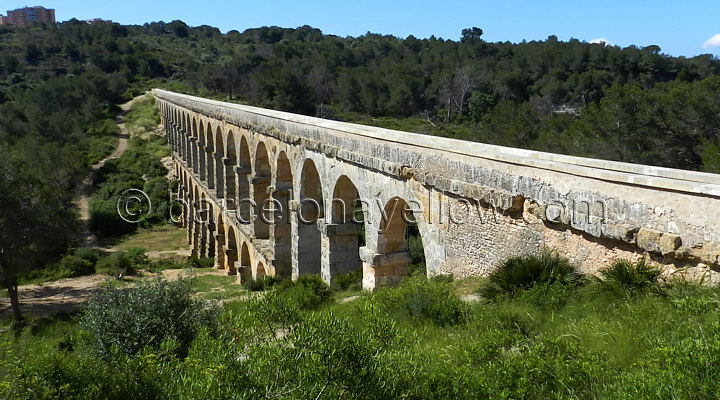 Roman walls Tarragona. The lower part of Tarragona's Roman walls are the oldest outside the Italian penisula. 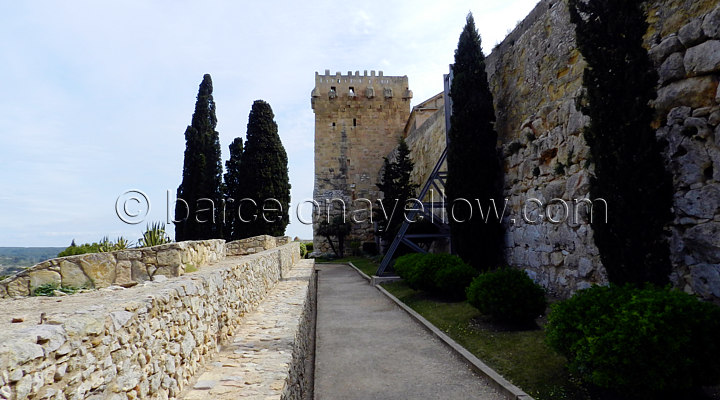 Below: Well-preserved and impressive remains of the Tarragona Roman circus which had a seating capacity of 25,000 spectators 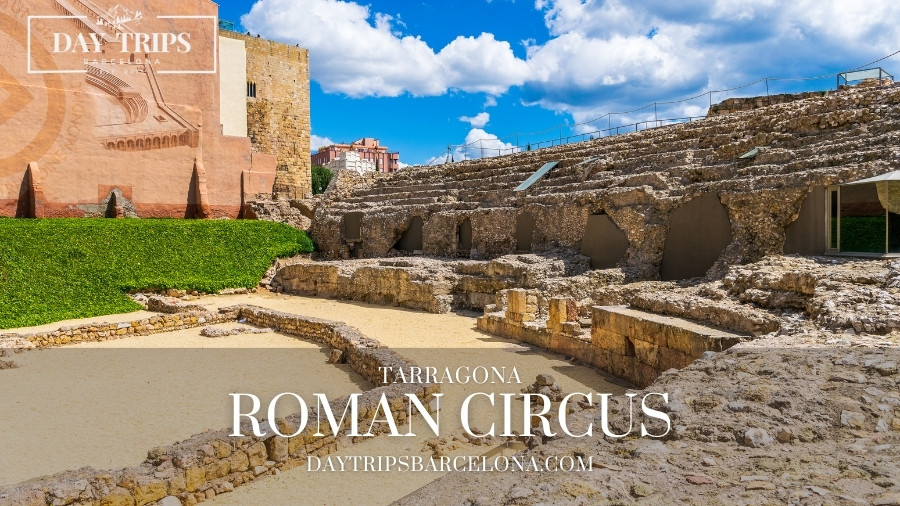 Replica of Caesar Augustus statue near the Roman walls of Tarragona's Roman walls. Emperor Augustus took up residence in Tarragona to directed military campaigns against the tribes of Cantabria and Asturias and during that period, Tarraco became the 'de facto capital' of the Roman empire. It is thought that Augustus stayed in the building now called 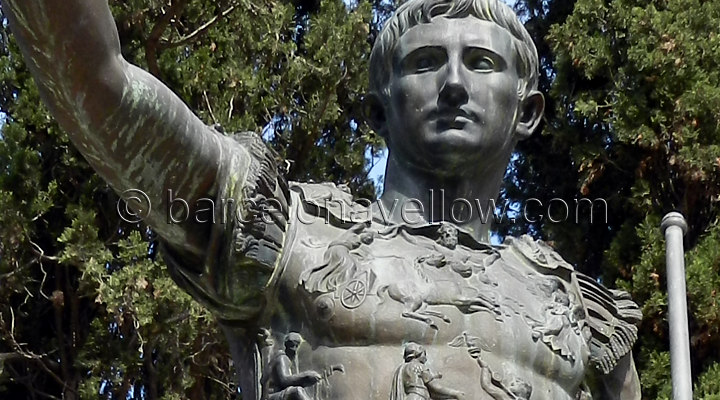 The medieval part of Tarragona has many partial Roman ruins. 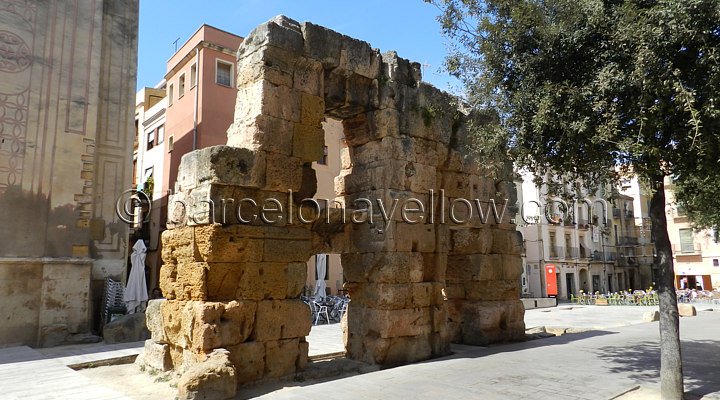 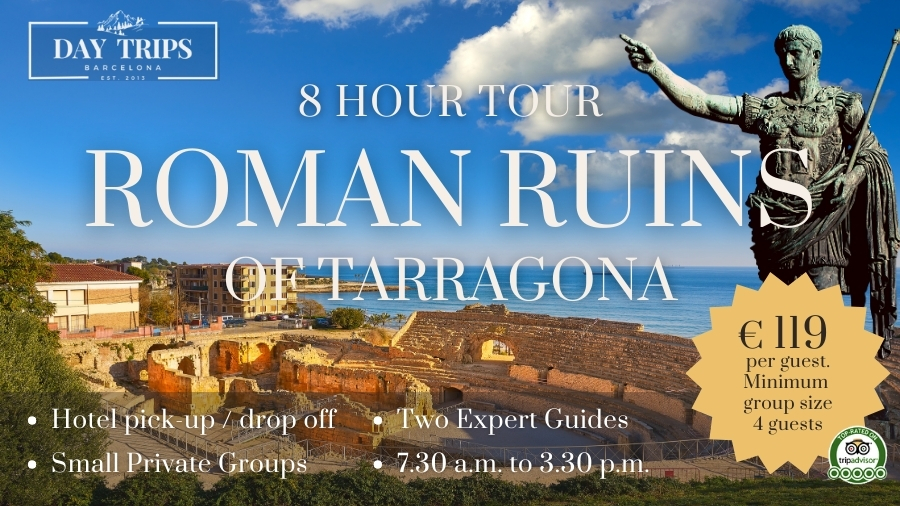 © Copyright Barcelonayellow.com. Do not copy from this page without permission All rights reserved |
| Last Updated on Friday, 14 June 2024 10:53 |
|
|
Sunday, 17 August 2025

Barcelona Spain - Barcelona Travel Guide - Copyright 2007-2025
Privacy Policy and Cookies • Legal Disclaimer • Copyright
BarcelonaYellow SiteMap 2025
Barcelona Latest News:
COVID-19 - Barcelona Latest News
Barcelona Safety Guide 2025
Barcelona Top 10 attractions 20254
Plan 3 days in Barcelona 2025
About us
About us
Contact us
Privacy Policy and Cookies
Copyright notice
Legal disclaimer
Twitter Barcelona events
Partnerships
Advertising
COVID-19 - Barcelona Latest News
Barcelona Safety Guide 2025
Barcelona Top 10 attractions 20254
Plan 3 days in Barcelona 2025
About us
About us
Contact us
Privacy Policy and Cookies
Copyright notice
Legal disclaimer
Twitter Barcelona events
Partnerships
Advertising
Accommodation
Hotels in Barcelona
Hotels near Fira Exhibition
Hotels near Camp Nou
Hotels near Cruise Ships
Short Stay Apartments
Practical information
Useful visitor information
How to get to Barcelona airport
Cruise Ship Terminals
Barcelona maps
Airport buses
Barcelona metro
Taxis
Travel cards
Hotels in Barcelona
Hotels near Fira Exhibition
Hotels near Camp Nou
Hotels near Cruise Ships
Short Stay Apartments
Practical information
Useful visitor information
How to get to Barcelona airport
Cruise Ship Terminals
Barcelona maps
Airport buses
Barcelona metro
Taxis
Travel cards
Things to do
Top 10 attractions Barcelona
Photos of Barcelona
Restaurant Guide
Nightlife Guide
Things to do in Barcelona
Barcelona beaches
Book tours and tickets
Skiing near Barcelona
Weather Barcelona
Weather in Barcelona
5 day forecast Barcelona
Top 10 attractions Barcelona
Photos of Barcelona
Restaurant Guide
Nightlife Guide
Things to do in Barcelona
Barcelona beaches
Book tours and tickets
Skiing near Barcelona
Weather Barcelona
Weather in Barcelona
5 day forecast Barcelona
Top Festivals and events
Barcelona Events 2025
Christmas in Barcelona
New Years Eve 2025
MWC 2025 Barcelona
Sant Jordi's Day
Barcelona Marathon
Barcelona Half Marathon
Easter
Festa de Gracia
La Merce Festival
FC Barcelona calendar
Barcelona Events 2025
Christmas in Barcelona
New Years Eve 2025
MWC 2025 Barcelona
Sant Jordi's Day
Barcelona Marathon
Barcelona Half Marathon
Easter
Festa de Gracia
La Merce Festival
FC Barcelona calendar
Moving to Barcelona
Moving to Barcelona
Long term apartment rentals
Relocation agencies
Real estate agencies
Spanish schools
Meeting people
Finding work
Yellow pages directory
Partner websites:
DayTripsBarcelona.com
Stepbac.com
PhotoMemoirs.co
Helpfurl.com
Moving to Barcelona
Long term apartment rentals
Relocation agencies
Real estate agencies
Spanish schools
Meeting people
Finding work
Yellow pages directory
Partner websites:
DayTripsBarcelona.com
Stepbac.com
PhotoMemoirs.co
Helpfurl.com
